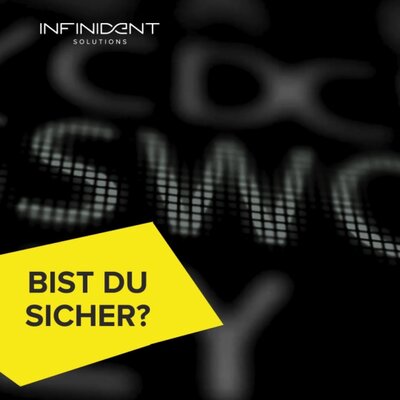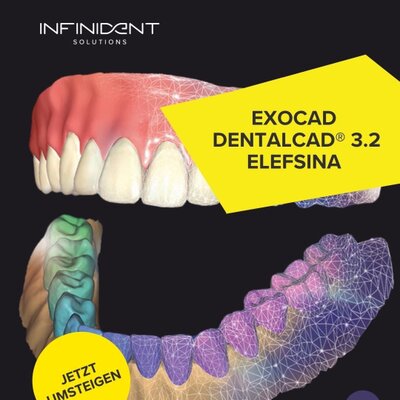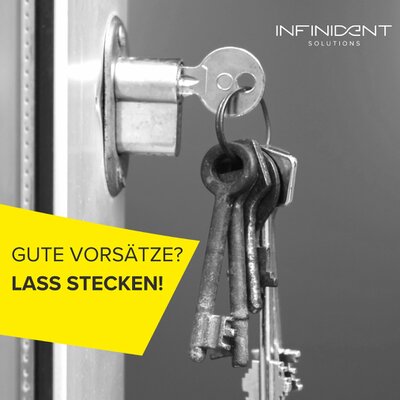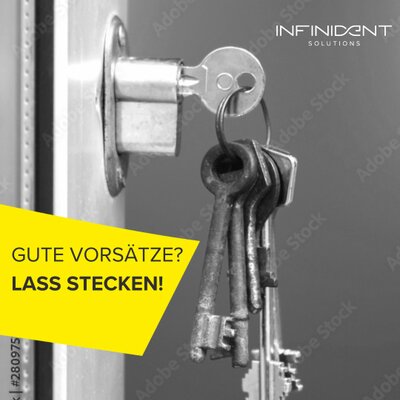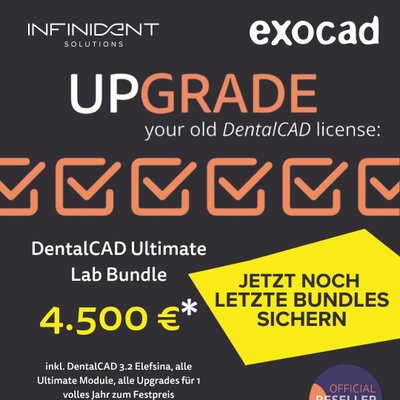
In demand: Additive manufacturing in dental technology
Part 2: How does the laser sintering process work?
In part 1 of the series, we highlighted the advantages and possible uses of digital metal laser sintering (DMLS) for non-precious-metal frames for dental laboratories and practices in an interview with Mr Thomas Hack, Managing Partner at INFINIDENT Solutions GmbH. Today, we would like to take a closer look at technical implementation.

Fig. 1: Lasersintering of CoCr powder during DMLS-manufacturing (Source: INFINIDENT)
Mr Hack, how exactly does the laser sintering process at INFINIDENT work?
Initially, the three-dimensional data of the restoration (e.g. crown frame) must be available digitally to produce the dental workpieces using laser sintering. This data is in general generated in the current CAD software programs of different providers, such as inLab SW (Dentsply Sirona), Dental Designer (3Shape) and DentalCAD (exocad), and is usually saved in the form of open STL files. It is transferred via an ordering platform to INFINIDENT.
After thorough input control, the CAD design available as a 3D object is disassembled into a multitude of layers using special software, which then generates the desired geometry in the manufacturing process, layer by layer.

Fig. 2: Lasersintering value chain (Source: EOS GmbH)
Are these layers produced all at once?
That would be great! On the contrary, during this process a cobalt-based metal ceramic alloy is applied evenly in the form of fine-grain powder with the assistance of a so-called recoater on a building panel and then melted layer by layer via a 200W Yb (ytterbium) fibre laser, using shielding gas (nitrogen (N2)).
After the melting process has been completed, the building panel is lowered according to a predefined layer thickness and the next layer is prepared accordingly. Depending on the application, this work is performed with differing layer thicknesses in the 20 – 40 µm range. Consequently, this process is termed direct metal laser sintering (DMLS). The supports, which attach the parts to the panel, are always created first before the actual structures are generated. The thinner the layer thickness, the better the surface quality – but the building job is also longer. The theoretical building time is about three minutes per part.
In this way, highly complex constructions with a material density of almost 100 per cent can be produced in this automated process, which could not be manufactured with conventional processes like casting or milling or only with enormous effort.
What then happens to the frames?
Following the manufacturing process, the laser-sintered parts are first freed of superfluous powder. After this, the building panels are subjected to thermal post-processing at about 800 °C. During the so-called stress-relief annealing, any stresses that have arisen are largely eliminated. After this, the parts are separated from the building platform and the supports are removed from the restorations.

Fig. 3: Lasersintered bridge framework with partially removed support structures (Source: EOS GmbH)

Fig. 4: NP SLM eco, supports removed (top) and NP SLM, supports removed and sandblasted (bottom) (Source: INFINIDENT)
During the partial framework process, a second thermal post-processing stage occurs additionally under a vacuum, which serves to increase the ductility of the clasps (elasticity). The parts then undergo conventional manual reworking and are blast-cleaned. Following a final quality check, the workpieces can be packed and sent to customers. Unused metal powder is recycled and fed into the process again.

Fig. 5: INDIVIDUAL PF hs (on top) und PF (at the bottom) (Source: INFINIDENT)
Are there any limitations?
Not really if you know how to handle the material. As already described, laser sintering permits the high-quality and simultaneously affordable production of dental crowns and bridges. At INFINIDENT, crown and bridge frameworks NP SLM eco / NP SLM with up to 16 elements as well as INDIVIDUAL PF partial frameworks can be produced with the CoCr material using the laser sintering process. However, due to the production procedure, these frames initially have a rougher surface than cast frames, which unsettled many dental technicians at first.
Does anything in particular have to be considered during further processing in the laboratory?
Further processing corresponds for the most part to the procedure for cast frames.
How will the technology continue to develop?
Essentially, new fields of application will be found. Due to the advantages mentioned, the laser sintering process is also of interest for manufacturing implant-supported prostheses, such as single-part individual abutments, or bar and implant bridges on two or more implants. But the necessary precision that the laser sintering process provides for the fitting area of the implant is inadequate here. Mechanical post-processing that guarantees a fit of <10µm and the corresponding implant connection geometry can only be implemented with the assistance of high-quality CNC machines with integrated sensors for zero-point capturing and sophisticated CAM software corresponding to the industry standard. This kind of hybrid manufacturing is increasingly being offered by highly specialist manufacturing service providers.

Fig. 6: INDIVIDUAL NP hybrid (Source: INFINIDENT)
But successful implementation requires a holistic understanding of digital manufacturing and automation.
Thank you very much for the explanation. We are already looking forward to the next part, focusing on the production of dental working models with the assistance of additive manufacturing!
Continue to part 3: Model production and additive manufacturing
(available from November 2020)
